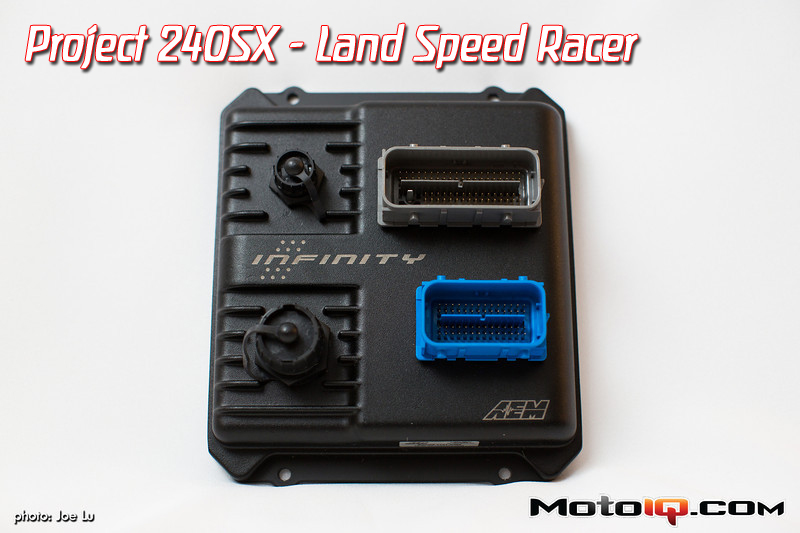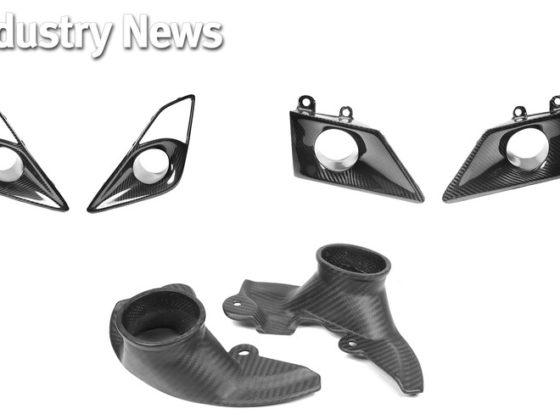,
What is VE though? VE is a measure of an engine's ability to fill its own volume or how efficient of an air pump the engine is. In other words, if a two liter engine can only fill the cylinders with 1.6 liters of air, then its VE would be 80%. Don't get confused though, you're not tuning the VE of the engine. VE is a set of characteristic of your engine which is defined by the components and configuration you run. For example, the bore, stroke, and camshaft profile used in your engine all define an engine's VE.

Our resident smart guys (and engine tuners), Clark Steppler and Nick Hunter examine the PC logs and make adjustments to the InfinityTuner's VE table.
With VE based tuning, our job as the tuner was essentially to reverse engineer the VE of our SR15VET 20V at given loads and engine speeds. Initially, this might sound intimidating. However, we knew that the InfinityTuner's feedback system would adjust our VE to hit the target lambdas we specified and then provide us with a suggested new VE. From there it was just a matter of adjusting the VE table to reflect it. Think of the InfinityTuners feedback system as a super smart kid who's constantly checking and correcting all of your answers before you turn in a test.

The final step was to fine tune our ignition map. This table controls how the spark event retards and advances with engine speed. Since the ignition map from our previous engine management system had been refined and race proven, we translated it directly over into the InfinityTuner software.

With the basic tuning done, we were left at the tip of the iceberg staring down at a plethora of options and possibilities. Options like nitrous, launch, and traction control were all at our finger tips. In the few days before leaving to Bonneville, we managed to put together a rudimentary gear dependent boost control strategy using the infinity EMS. With the poor condition of Bonneville's salt surface, we knew that a gear dependent boost control system would be essential in setting a new land speed record.

Any doubts on whether or not switching to AEM's Infinity EMS was the right choice have long since been squelched. Talk is cheap and quantifiable data coupled with solid results is king.
Since the switch, we've significantly increased horsepower and torque across the board. To be specific, we made 625 horsepower and 400 lb-ft of torque with a mere 1.5 liters of displacement. If that's not enough, we eclipsed our last land speed record by over 10 mph and ran a recorded top speed of 191 MPH. The numbers have spoken, enough said.

So what's next for Project 240SX LSR? Well, we still haven't scratched the surface of the Infinity EMS' capabilities. And next, we have to figure out how to keep Project 240SX LSR from becoming airborne. See, the car is so fast now we literally can't keep the car on the ground. No, seriously. Consistently at 193 MPH, the rear of the car is lifting causing the car to swap ends and shoot off track. At those speeds, we're fortunate to not have rolled or flipped the car yet.

The Infinity EMS' power to define, measure, analyze, improve, and control extends far beyond just that of the power train. That's right. We're going to utilize an engine management system to solve an aerodynamic problem. By collecting data sent from shock pots, we'll be able to analyze and understand the phenomenon that's occurring at 193 MPH. No guess work here, just scientifically validated changes and the implementation of proven effective solutions. The power of the AEM Infinity EMS is seemingly endless.
Sources:





